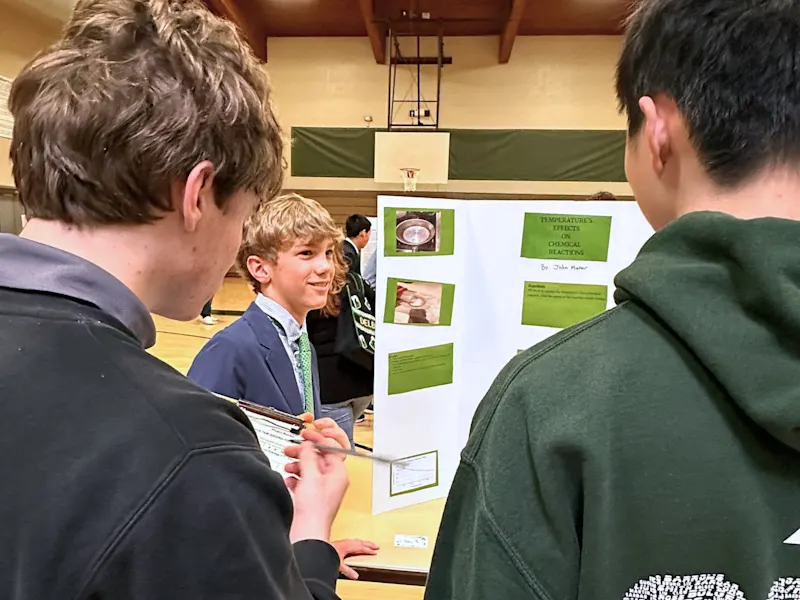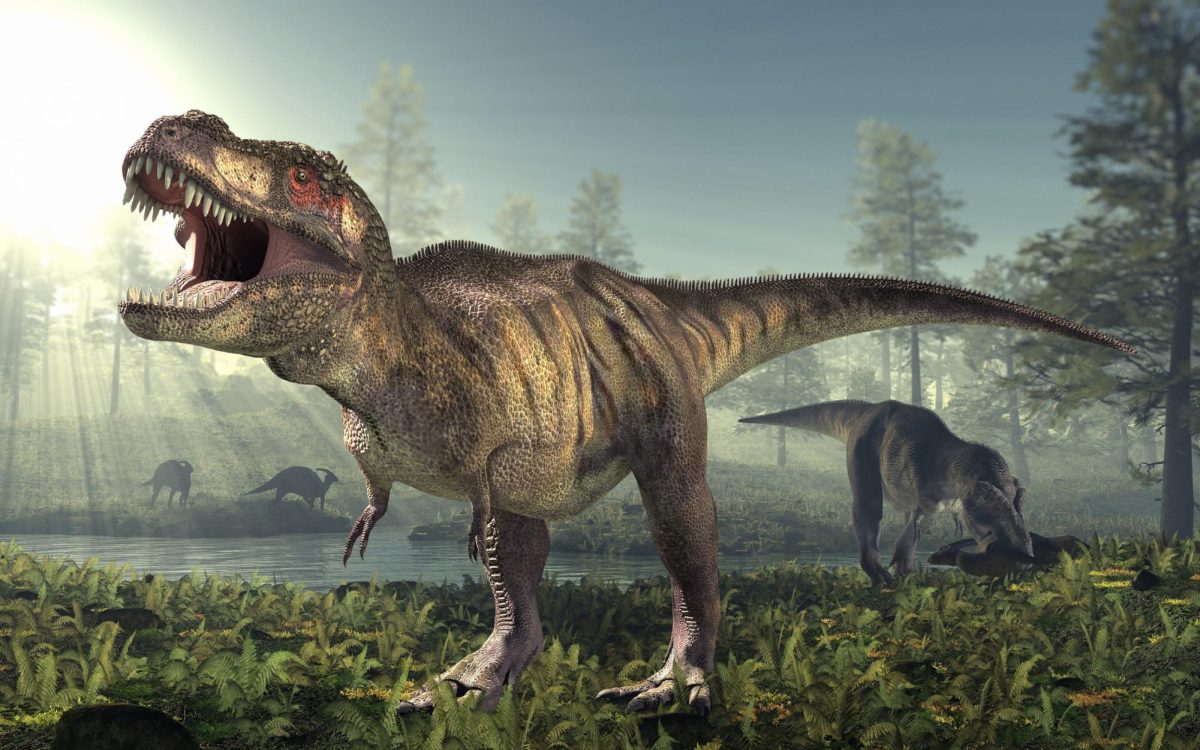As far as history recalls, a meteorite impact on Earth caused the sudden wipe-out of dinosaurs. Then, some scientists began to investigate how the extinction of these creatures may not have been so sudden—changes in the environment due to the shock from the meteorite created tsunamis and earthquakes that exterminated all non-flying dinosaurs and sent the Earth into an epoch of darkness and cold.
However, modern technology has revealed a new explanation for how exactly these dinosaurs became extinct. While meteorites are no doubt the sole cause of this prehistoric carnage, ultimately the climate- change had been the primary issue that killed off the rest of the majority of the species, and that is the question scientists have been trying to answer and refine for years. A recent study published in Nature Geoscience explores that one common household problem was the culprit in this blanket of cold: dust.
For as long as 15 years, a fine silicate dust floated around the atmosphere after the meteorite impact and played a major role in the cooling of the planet. In addition, this cloud of dust also ceased all photosynthetic activity on Earth following the meteor impact, eliminating growth of all plants—causing the collapse of the food chain – the primary food source for herbivorous dinosaurs.
So how exactly did we get to this conclusion? While the study was published just last week, investigations began in 2017 by geologist Pim Kaskes who collected fine-grained samples from geological structures in North Dakota known as Tanis—a hotspot that revealed thousands of fossils.
Scientists have always focused on sulfur particles released from the rocks after the asteroid vaporized them rather than the role of dust particles. To their credit, sulfur and soot were understood to be much more effective at blocking and absorbing sunlight compared to dust and that’s why many individuals credited the cold to them.
Yet, after several computerized analyses were conducted, paleoclimate modeling researchers reached a major breakthrough: while sulfur and soot disappeared over time, dust particles rcontinued for at least 15 years, a time period where global surface temperatures plummeted by 59 degrees Fahrenheit.
During this time, global photosynthesis was completely cut off for about two weeks and land-dwelling plants’ function was interrupted for 620 days after the asteroid impact. Only after approximately four years did the plants recover, finally receiving enough sunlight.
With these new discoveries, adding fine-dust measurements from different parts of the world will help scientists make more accurate predictions. But there’s one thing we know for sure: the extinction of the dinosaurs is not a simple scientific exploration.




































